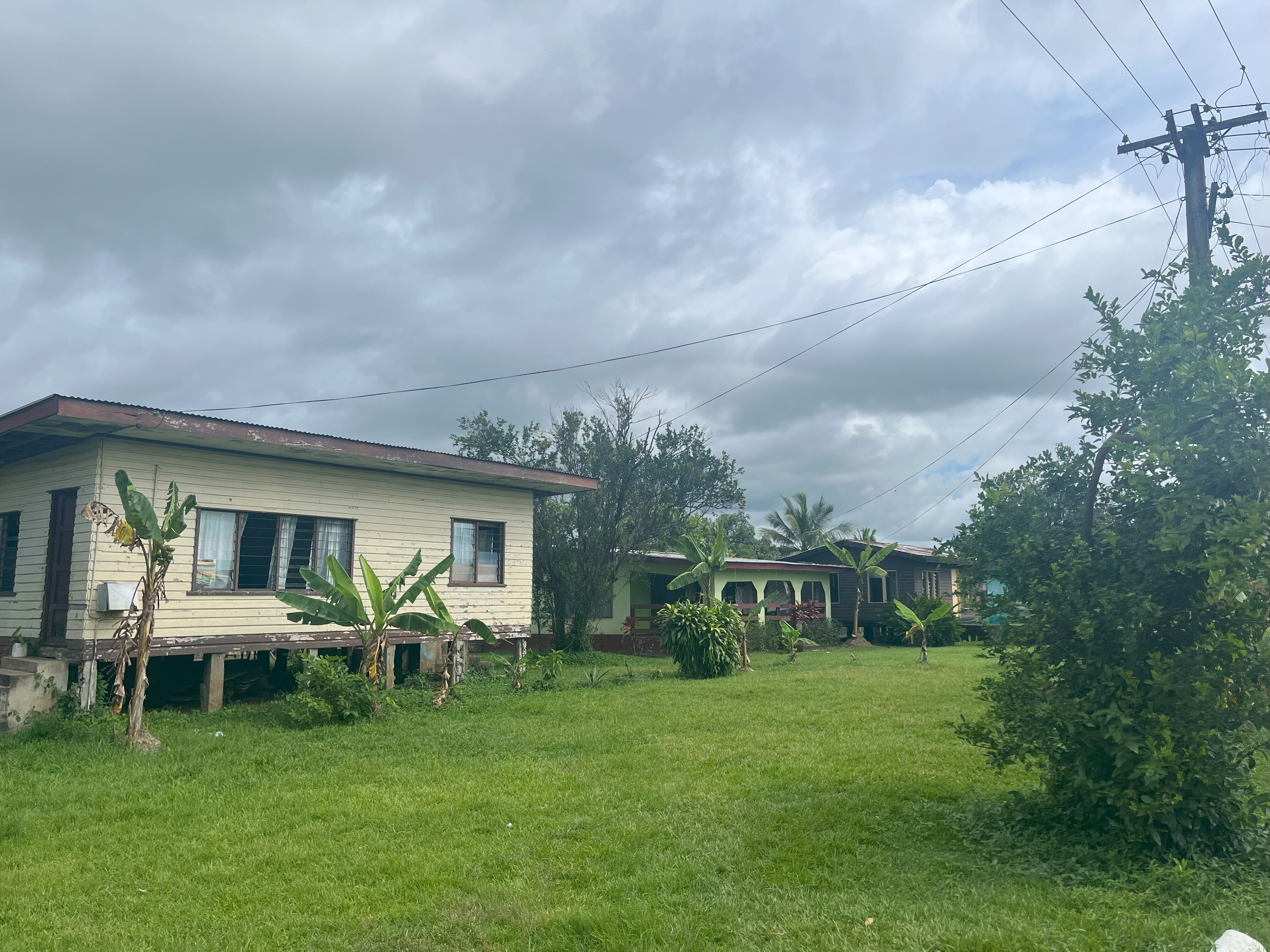How “DNA detectives” are helping solve the rise of superbugs

It is now 12 years since the first set of genetic instructions in a human was sequenced. Many of our hopes for using knowledge about the human genome to better fight the likes of heart disease and cancer still lie years and decades in the future, but DNA sequencing in healthcare is not all about tomorrow. It is already revolutionising clinical microbiology. Most exciting of all, it is giving us an important tool in our battle with drug-resistant strains of bacteria. These strains are one of the major growing threats to human health, and have just prompted new guidelines in the UK on how GPs should prescribe antibiotics.
Clinical microbiology is the branch of medicine concerned with preventing and treating infectious diseases. It depends on rapidly identifying the pathogens that cause illness – bacteria, virus and fungus. Identification makes it possible to treat patients individually and monitor the outbreak and spread of a disease effectively.
The traditional way of identifying most bacterial pathogens is to grow a patient’s specimen in a culture, testing its susceptibility to antimicrobial drugs and comparing it with other bacterial strains. It can take days in the case of rapidly growing bacteria such as E.coli, and months in the case of slower developers like Mycobacterium tuberculosis.
In the early years of the 21st century there were some major technical advances in this field, but challenges remain. Identifying the exact strain of pathogen continues to be difficult, while there are also many obstacles to tracking their routes of transmission and monitoring mutations.
DNA sequencing could well be the answer. Developed in 1975 by a group led by Fred Sanger – whose work is the subject of a new online exhibition – DNA sequencing was not routinely used in clinical microbiological laboratories until very recently. It was very expensive and entailed laborious manual laboratory work and painstaking reading of the results. Yet cheaper rapid DNA sequencers and large reference databases are increasingly changing this situation.
The average cost of bench-top sequencers is now US$125,000 (£80,000). Such machines can sequence several bacterial genomes in a day at a cost of about $150 per sample. As recently as 2007 the cost of sequencing just one bacterial genome could be $800,000. It is now possible to sequence 100 bacterial genomes in a single run.
Rosie Hospital
The technology’s potential with drug-resistant infections first came to the fore during an MRSA outbreak at the Rosie Hospital in Cambridge, UK in 2011. When three babies all tested positive at the same time in the baby unit, the hospital’s infection-control team reviewed the previous six months’ records and found babies had been infected sporadically by MRSA – sometimes months apart.
But was this an outbreak of MRSA or merely unrelated infections? Since conventional methods were little help, experts in whole genome sequencing at the Wellcome Trust Sanger Institute and Cambridge University were called in. They quickly established that the samples were all related at the genome level, suggesting an outbreak. By sequencing other bacteria in the hospital’s microbiology laboratory database with the same antibiotic susceptibility profile, they confirmed this was a new strain of MRSA with twice as many infections as first thought and that it was also prevalent in the wider community.
Two months after the previous infections were discovered, another baby tested positive despite the unit having just been thoroughly cleaned. So the team sequenced bacteria from swabs taken from staff on the unit and discovered that a particular individual was carrying the same strain of MRSA. Once that staff member was treated, the outbreak ended.
Developments since
There was much talk at the time about the potential for this success to be duplicated elsewhere – and this looks to be bearing out. In 2014 the same Cambridge team working together with researchers from Thailand and Australia demonstrated using whole genome sequencing to track and identify MRSA on two intensive-care units in an under-resourced hospital in north-east Thailand.
What was striking was how many different variants of the infection the team detected in the hospital at the same time, something conventional typing had failed to pick up. The work also helped identify clinically important genes such as those coding for antiseptic resistance and antibiotic resistance. Drug-resistant bacteria are particularly a problem in poorer countries, so the results looked especially important.
Beyond MRSA, whole genome sequencing thwarted another type of drug-resistant bacteria at the Queen Elizabeth Hospital in Birmingham, UK in 2013. This was an outbreak of Acinetobacter baumannii, an opportunistic bacteria which causes pneumonia and bloodstream infections in critically ill patients with compromised immune systems. A new strain of the bacteria had been plaguing the hospital for more than 18 months. Once it was sequenced, researchers at Warwick and Birmingham universities were able to show that the previous theory that the infection was being transmitted within one ward had been wrong: they were picking it up from a specialised burns-care bed elsewhere.
This year Imperial College London researchers were able to solve a tuberculosis mystery concerning two patients who had contracted drug-resistant strains of the infection. The first had worked in healthcare in South Africa in an area where there had been a serious outbreak of drug-resistant TB in 2005, but had been healthy when coming to England. The second had never travelled abroad and, as is common with TB, experienced no symptoms for four years. It was only through whole genome sequencing that they could be linked together: it turned out they had spent eight days on the same medical ward in 2008. With drug-resistant TB cases rising in the UK from 28 cases in 2000 to 81 in 2012, this too is an important development.
Despite all these positives, a major obstacle blocks the widespread adoption of whole genome sequencing against drug-resistant bacteria. Currently there are few tools to automatically analyse and interpret sequenced data from clinical samples so that it can be understood and clinically applied by non-specialists. This makes it difficult to roll out the system and prevents costs from falling even lower.
Stanford University in California might be pointing the way to a solution, however. Researchers there have developed a web-based system for tracking drug-resistant HIV. If this can be applied to other infections, including bacterial ones, genome sequencing could become routine in hospitals worldwide.
This article is published in collaboration with The Conversation. Publication does not imply endorsement of views by the World Economic Forum.![]()
To keep up with Agenda subscribe to our weekly newsletter.
Author: Lara Marks is the managing editor of www.whatisbiotechnology.org and author of the Lock and Key of Medicine: Monoclonal antibodies and the transformation of healthcare.
Image: Examples of bacterial growth in a microbiological laboratory at the Bulgarian Food Safety Agency in Sofia. REUTERS/Stoyan Nenov
Don't miss any update on this topic
Create a free account and access your personalized content collection with our latest publications and analyses.
License and Republishing
World Economic Forum articles may be republished in accordance with the Creative Commons Attribution-NonCommercial-NoDerivatives 4.0 International Public License, and in accordance with our Terms of Use.
The views expressed in this article are those of the author alone and not the World Economic Forum.
Stay up to date:
Future of Global Health and Healthcare
Forum Stories newsletter
Bringing you weekly curated insights and analysis on the global issues that matter.
More on Geo-Economics and PoliticsSee all
Isabel Cane and Rob Strayer
November 13, 2025






